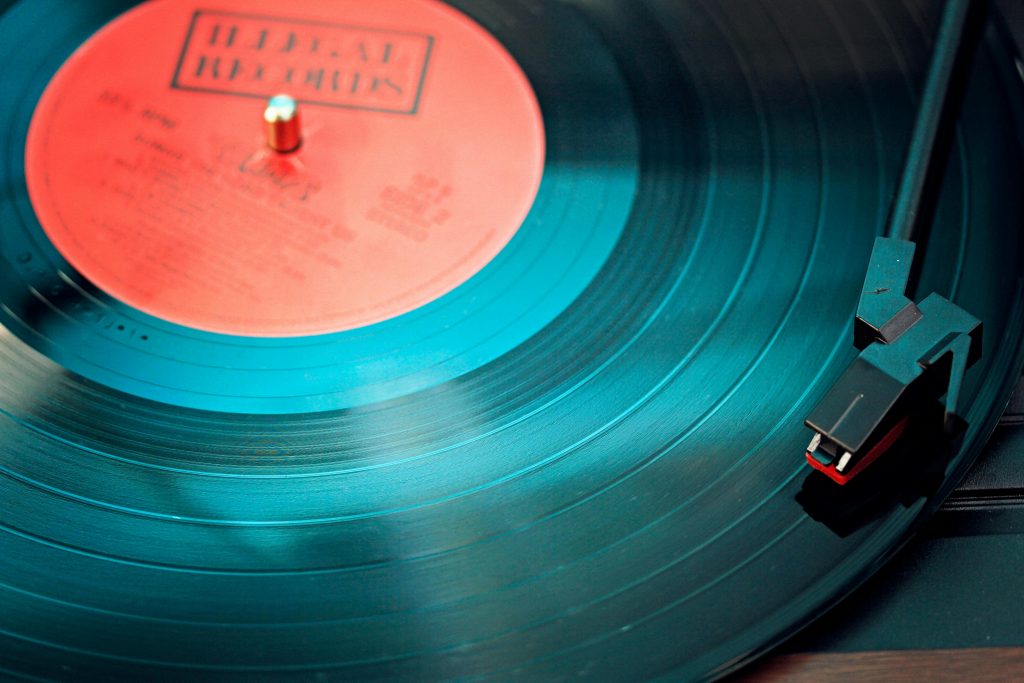They say music is the universal language as it’s something we can all understand and feel emotionally without having to speak the same tongue. It’s one of the most beautiful things in the world, and can make you feel happy, sad, excited or melancholy, sparking debate and conversation. Yet while the fundamentals of music are the same, the way we consume it has changed. What was once limited in choice, where you could only listen to a song you wanted if you heard it on the radio, recorded it onto a tape, or had it on vinyl, is now available on demand all of the time. Has this changed the way we feel about music or artists? Is it a good thing? In this article we take a look at how we consume music today and what it means going forward.
Singers and artists are one of the most recognized professions in the world and there are so many people that are involved in the process. From living legends such as Whitney Houston, who America record producer and 5x Grammy winner Clive Davis once said ‘You wait for a voice like that for a lifetime. You wait for a face like that, a smile like that, a presence like that, for a lifetime. And when one person embodies it all, well, it takes your breath away.’ to Elvis Presley, Elton John and more contemporary artists such as Taylor Swift and One Direction, the broad spectrum of music is just incredible.
You can listen to it wherever, whenever
In the past, music was more of a cherished past-time, where you were limited in when and where you could listen to it. If you had a favorite song, you would either have to wait for it to come on the radio and eagerly record it with your tape machine, or go down to the shop, hope it was in stock and purchase the record, CD or tape. Fast forward to now and the way we consume music is totally different. Streaming services such as Apple Music and Spotify have made it easier than ever to listen to our favorite songs no matter where we are. We can be on a bus, train, at work, at home, or anywhere and be able to listen through our devices over and over again.
You can discover new artists
It’s simpler than ever to not only listen to these favorites, but also to discover new artists and find new music to listen to. Yet with this comes a caveat – we never actually own the music we listen to anymore. This means, firstly, that recording artists are paid a pittance compared to what they used to be. In fact, it has been found that Spotify pays artists roughly $0.04 per 10 streams. This means that to make just $400, you would need 100,00 streams. This is largely due to the huge level of competitiveness there is on the market now – it’s so easy for music to get lost in the sea of other tracks and artists that it’s much harder to get found and for people to keep listening to you when there are so many other choices available to share between. The other downside is that if the streaming service or artist decides to pull the track from its database, you can no longer listen to the song anymore. In the past when it was yours, that was it, you owned it. Now this isn’t the case.
It’s easier to share your music with others
In the past, you could share music with friends but that meant parting from your beloved CD or tape and could end up with this being lost or you not being able to listen to it when you want to. You could of course try and burn a copy yourself, but this didn’t always turn out the best! Nowadays, it’s easier than ever to share your music taste with others, enabling you to bond over your love for the same artists and songs. Spotify includes a duo account option when you and someone else can share an account, have playlists you can listen to together and more. This helps to unite you with that music.
This is a brief look at how we consume music today and the differences to how we would have done in the past. What are some things you’ve noticed in how we consume music and what it means for you? Let us know in the comments.

